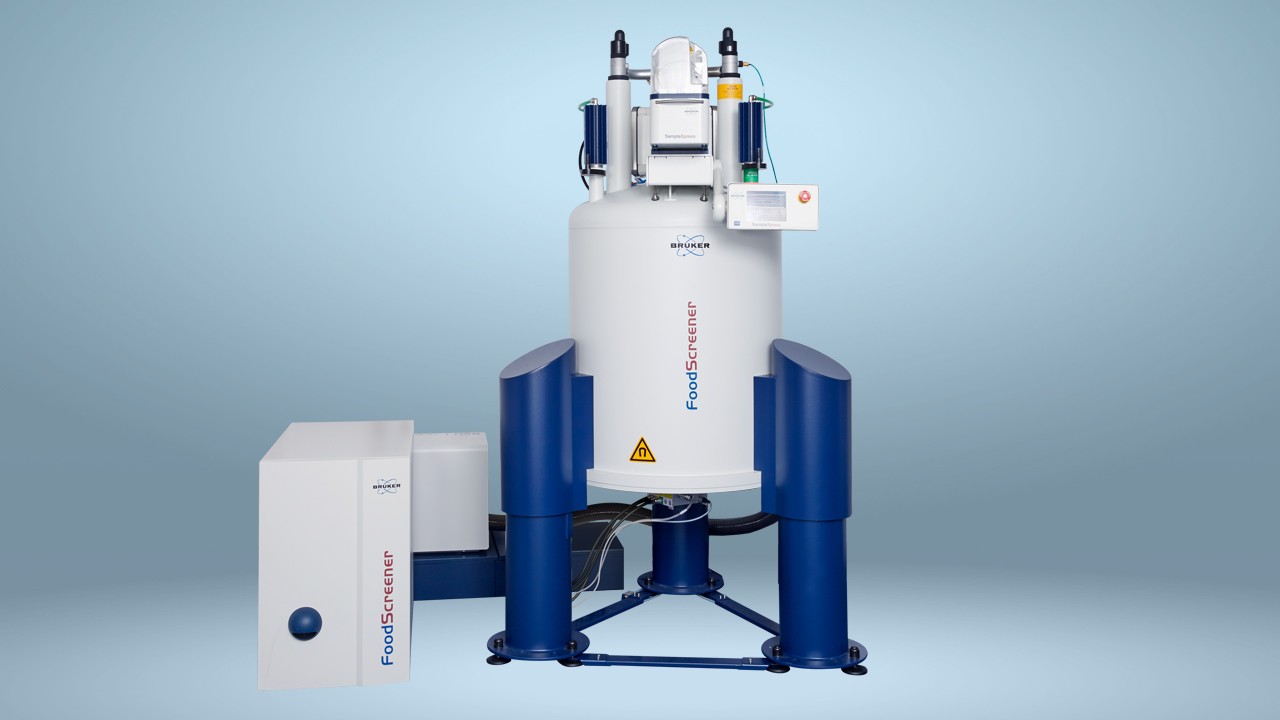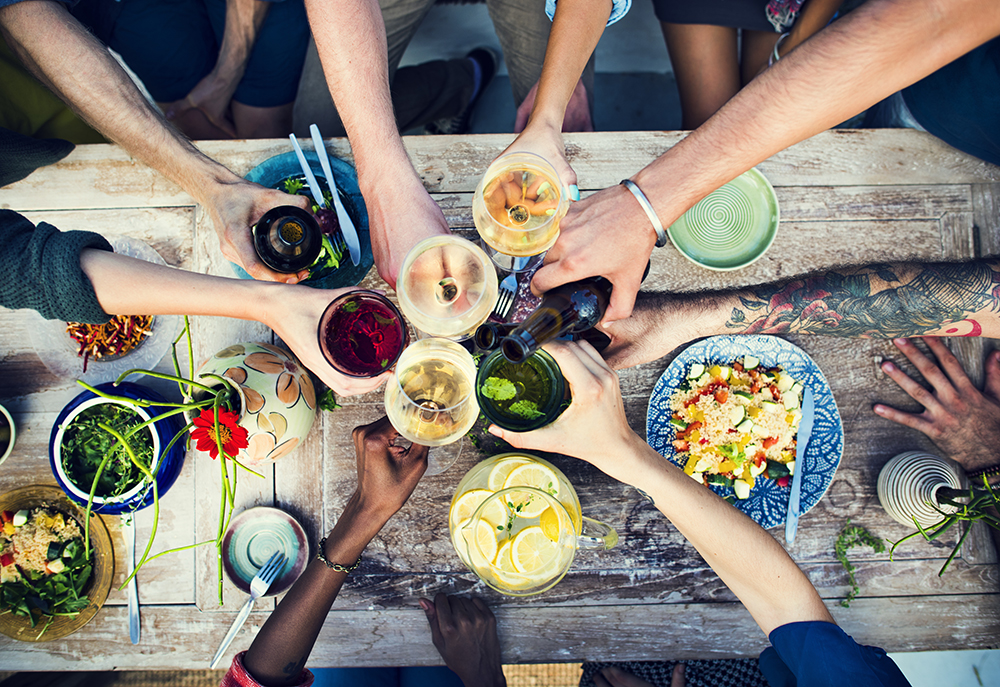

Celebrate the Holidays with Antioxidant Alcohol — EPR Reveals How
Christmas is here! A time for family festivities and fun with friends. More often than not these result in our alcohol intake increasing exponentially. With numerous Christmas parties and social get-togethers day after day, the glasses of wine imbibed inevitably mount up. And to top it off, mince pies and cakes are loaded with brandy-soaked fruit and Christmas puddings are liberally doused with brandy to ensure they are presented amidst impressive blue flames.
We know that too much alcohol is bad for our health, yet it continues to play a major part in holiday celebrations. The clink of bottles has been clearly discernible in supermarkets for weeks as we stock up our drinks cabinets and wine racks in readiness for the holidays.
One of the reasons that alcohol consumption can contribute to premature aging and disease is that its metabolism by the liver results in the production of highly reactive oxygen species. Such free radicals can react with and damage cellular components such as fats, proteins and DNA, affecting vital functions of cell membranes and blood vessel walls.
Consequently, Christmas and New Year celebrations are often followed by a period of detoxification to hopefully let the body recover from the excesses to which it has been subjected. Indeed ‘Dry January’, which involves millions of people abstaining from alcohol for 31 days, has become a global phenomenon. It now appears, however, that it may be possible to start the detoxification process during the celebrations.
Antioxidants, which neutralise highly reactive free radicals thereby reducing the risk of tissue damage and inflammation, have been found to be present in several Christmas tipples. Research has been carried out, testing alcoholic beverages for antioxidant activity by electron paramagnetic resonance spectroscopy (EPR) using a Bruker EMX EPR spectrometer. EPR is a technique that specifically detects species containing unpaired electrons, such as free radicals. If addition of a stable radical, such as DPPH (1,1-diphenyl-2-picrylhydrazyl), to the sample alters the intensity of the EPR spectrum, it indicates that an antioxidant is present as interaction between the radical and the antioxidant reduces the number of unpaired electrons present.
The results clearly showed that some alcoholic beverages exhibit antioxidant properties. Red wines and brandy demonstrated the highest antioxidant activity, followed by whisky. The antioxidant capacity varies between different types of drink due to differences in polyphenolic content, the time and method of ageing, as well the flavourings and colours that have been added.
So, if you choose your tipple carefully, a little indulgence this Christmas may not be as bad for you as you thought — cheers!
Reference
Bartoszek M, et al.An electron paramagnetic resonance study of antioxidant properties of alcoholic beverages. Food Chemistry 2012;132:2089‑2093.


